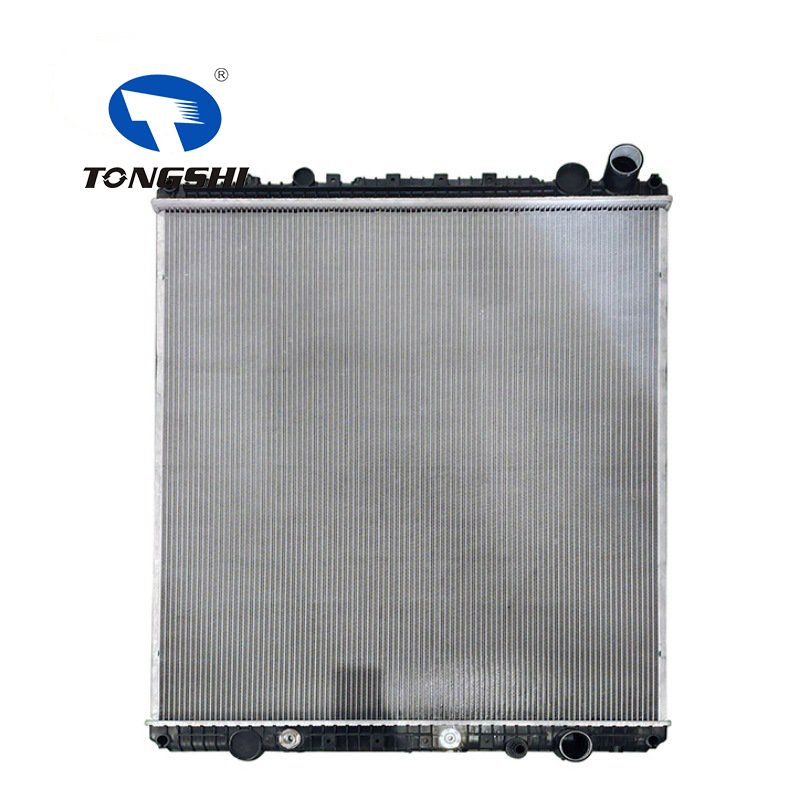Oct. 30, 2023
Automobiles & Motorcycles
The function of a truck radiator is to regulate the temperature of the engine by dissipating excess heat. Here's how it works:
Temperature Regulation: The engine of a truck is a complex piece of machinery with numerous moving parts. Many of these components are highly sensitive to temperature changes. When an engine operates, it produces an enormous amount of heat due to combustion processes and friction. Without a radiator, the engine would quickly reach extreme temperatures, causing severe damage and potentially rendering the vehicle inoperable.
Heat Dissipation: The radiator is designed to dissipate this excess heat efficiently. Its construction consists of a network of small tubes and fins, typically made of metal. The hot coolant from the engine is pumped into these tubes, and as it flows through them, it releases its heat to the metal fins.
Coolant Mixture: The coolant used in the radiator is typically a mixture of water and antifreeze. This mixture has a higher boiling point and a lower freezing point than water alone, making it ideal for year-round temperature regulation. Additionally, antifreeze contains additives that help protect the engine from corrosion and scale buildup.

Thermal Exchange: The heat transfer process in the radiator is a fundamental principle of thermodynamics. When the hot coolant inside the tubes comes into contact with the cooler air that's drawn through the radiator, thermal energy is exchanged. The coolant loses heat to the air, causing it to cool down and flow back to the engine.
Efficient Cooling: To ensure efficient cooling, the radiator of truck relies on airflow. A fan, often electric and controlled by the vehicle's thermostat, can kick in when the engine is running hot, ensuring a steady flow of air through the radiator. While the vehicle is in motion, the forward movement creates a natural airflow, aiding in heat dissipation.
Thermostat Control: The thermostat is a crucial component in this system. It acts as a gatekeeper, regulating when the coolant flows into the radiator. It remains closed when the engine is still relatively cool, allowing the engine to warm up quickly. Once the engine reaches its optimal operating temperature, the thermostat opens, allowing coolant to circulate through the radiator and maintain a stable temperature.
Prevention of Overheating: Overheating can lead to catastrophic engine failure. The radiator, along with the entire cooling system, plays a vital role in preventing this scenario. It helps the engine operate within a specific temperature range, ensuring longevity and peak performance.
In summary, the truck radiator is a sophisticated and critical component of the vehicle's cooling system. Its ability to manage and dissipate excess heat is vital for maintaining the engine's health and overall performance, making it an indispensable part of any truck's operation.
If you are interested in sending in a Guest Blogger Submission,welcome to write for us!
All Comments ( 0 )